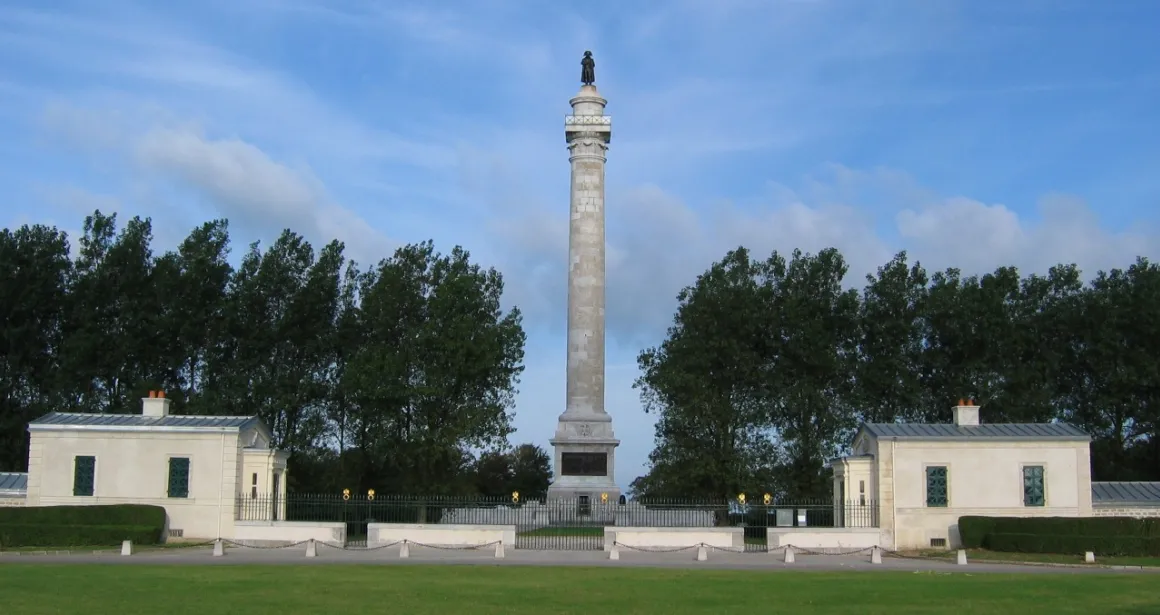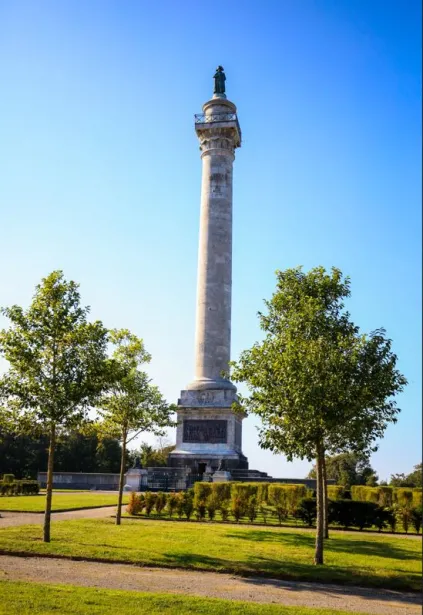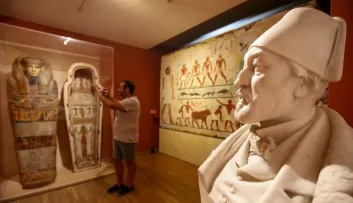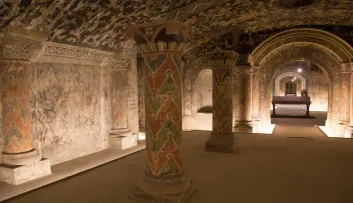The Column of the Great Army, a historical site near Nausicaá
Napoléon Bonaparte marked the minds in Boulogne-sur-Mer. The Column of the Great Army remains the most impressive trace of his passage.
- 2mn read

A must-see of our Napoleonic heritage
Like a lighthouse, you can see it from miles around. Standing on the heights of Wimille, the Column of the Great Army arouses the curiosity of walkers. And with good reason!
Fifty-three metres high, it is topped by a statue of the Emperor Napoléon as a little corporal with his back turned on England. At the summit you'll be able to take in a breathtaking view of the Boulogne area and the landscaped park surrounding the edifice.
The conquest of England
What does this impressive monument tell us? The Column of the Great Army remains the most impressive vestige of the "Boulogne Camp". In 1803, Napoléon, who had decided to invade England, whatever the cost, based his army on the Coast at Boulogne-sur-Mer.
120,000 men were sent there. For two years, he transformed the coast and did his utmost to make a success of his conquest but never achieved his goal. In 1805, he broke camp.

At the origin: the Légion d’Honneur
The Column of the Great Army does not, therefore, commemorate a victory. In fact it recalls a key episode in the life of the Boulogne Camp. The largest ceremony ever held to award the cross of the Légion d’Honneur (created two years previously by Napoléon) took place on 16 August 1804. The goal: to encourage the soldiers. The day after this great ceremony, the soldiers decided to erect a monument in honour of Napoléon: the Column of the Great Army.
To the glory of Napoléon
Each soldier sacrificed a half-day's pay each month (a whole day for officers) to fund its construction. Originally, the statue of Napoléon did not turn its back on England. Facing it, the Emperor seemed much more threatening. But, after the Second World War, General de Gaulle wanted a less warlike statue…
The history of Napoléon close at hand
At the entrance to the park, the museum presents many historical pieces: the original bronze statue of Napoléon, along with archive documents tracing the history of the monument and of the Légion d’Honneur.




